Nationality Canadian Movies Watermark Role Photographer | Name Edward Burtynsky | |
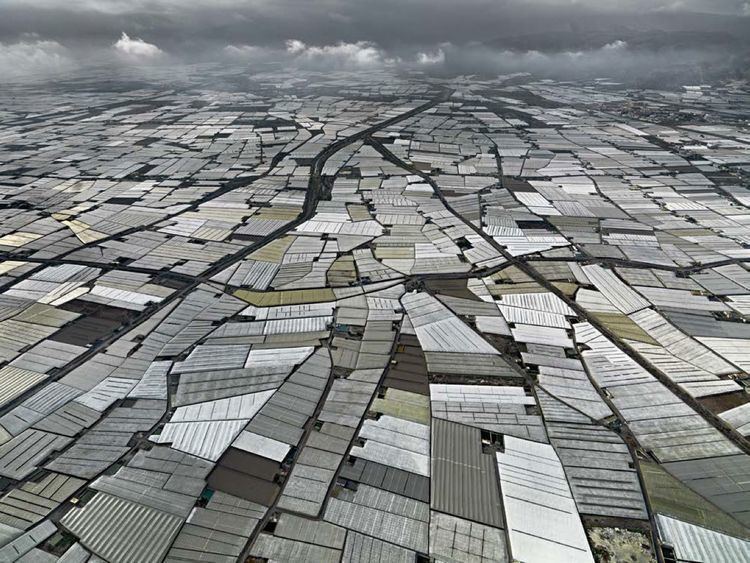 | ||
Born February 22, 1955 (age 70) ( 1955-02-22 ) St. Catharines, Ontario, Canada Website www.edwardburtynsky.com Books Integral House: Shim·Sutcliffe : the 2006 Martell Lecture, Residual Landscapes: Studies of Industrial Transfiguration Awards Canadian Screen Award for Best Feature Length Documentary Similar People Jennifer Baichwal, Andreas Gursky, Nicholas de Pencier, Richard Misrach, Nadav Kander | ||
Edward burtynsky photographs the landscape of oil
Edward Burtynsky, (born February 22, 1955) is a Canadian photographer and artist known for his large-format photographs of industrial landscapes. His work is housed in more than 50 museums including the Guggenheim Museum, the National Gallery of Canada, and the Bibliothèque Nationale, Paris.
Contents
- Edward burtynsky photographs the landscape of oil
- Where i stand a behind the scenes look at edward burtynsky s photographic essay water
- Early life and education
- Photography
- Photographic series
- Other projects
- Toronto Image Works
- Manufactured Landscapes
- The Long Now Foundation
- Watermark
- Awards
- Publications by Burtynsky
- References
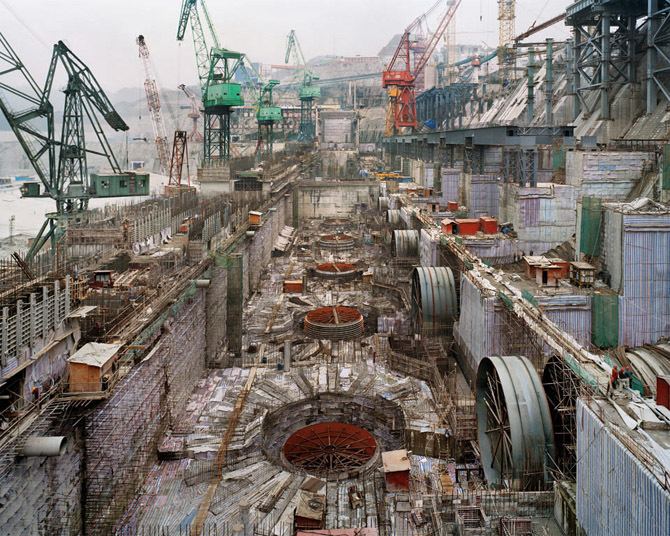
Where i stand a behind the scenes look at edward burtynsky s photographic essay water
Early life and education
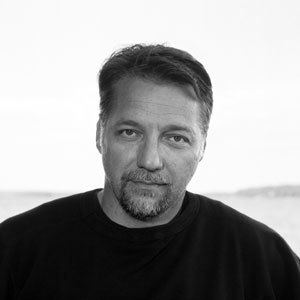
Burtynsky was born in St. Catharines, Ontario. His parents had immigrated to Canada in 1951 from Ukraine and his father found work on the production line at the local General Motors plant. Burtynsky recalls playing by the Welland Canal and watching ships pass through the locks. When he was 11, his father purchased a darkroom, including cameras and instruction manuals, from a widow whose late husband practiced amateur photography. With his father, Burtynsky learned how to make black and white prints and together with his older sister established a small business taking portraits at the local Ukrainian center. In the early 1970s, Burtynsky found work in printing and he started night classes in photography, later enrolling at the Ryerson Polytechnical Institute.
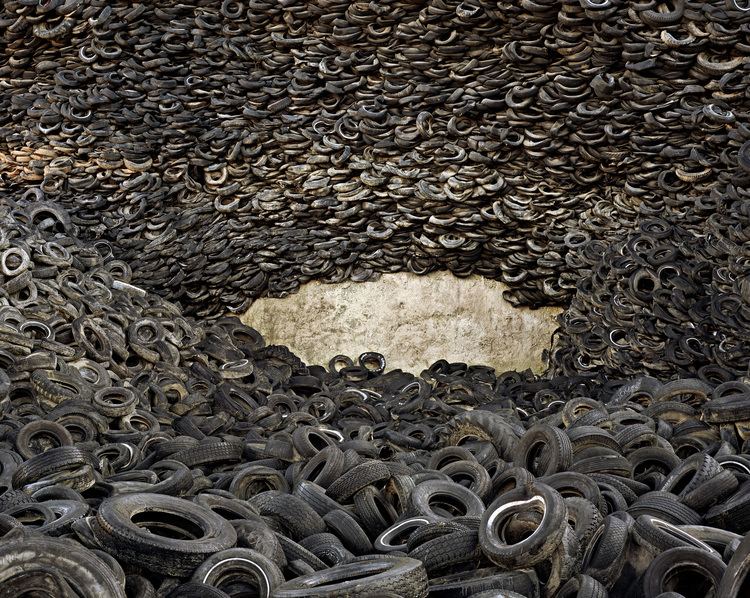
From the mid-1970s to early 1980s, Burtynsky formally studied graphic arts and photography. He obtained a diploma in graphic arts from Niagara College in Welland, Ontario, in 1976, and a BAA in Photographic Arts (Media Studies Program) from Ryerson Polytechnical Institute in Toronto, Ontario, in 1982.
Photography
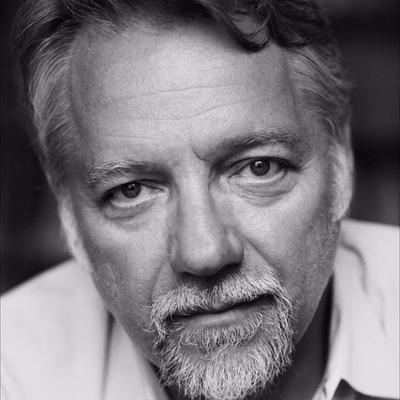
Burtynsky's most famous photographs are sweeping views of landscapes altered by industry: mine tailings, quarries, scrap piles. The grand, awe-inspiring beauty of his images is often in tension with the compromised environments they depict. He has made several excursions to China to photograph that country's industrial emergence, and construction of one of the world's largest engineering projects, the Three Gorges Dam.
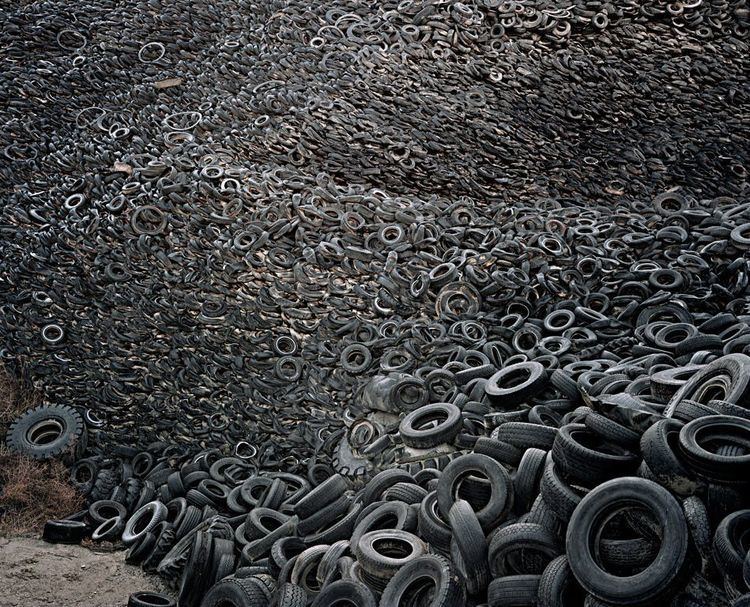
His early influences include Ansel Adams, Edward Weston, Eadweard Muybridge, and Carleton Watkins, whose prints he saw at the Metropolitan Museum of Art in the early 1980s.
Most of Burtynsky's exhibited photography (pre 2007) was taken with a large format, field camera, on large 4×5-inch sheet film and developed into high-resolution, large-dimension prints of various sizes and editions ranging from 18 × 22 inches to 60 × 80 inches. He often positions himself at high-vantage points over the landscape using elevated platforms, the natural topography, and more currently helicopters and fixed-wing aircraft. Burtynsky describes the act of taking a photograph in terms of "The Contemplated Moment", evoking and in contrast to, "The Decisive Moment" of Henri Cartier-Bresson. In 2007 he began using a high-resolution digital camera.
Photographic series
Other projects
Burtynsky chaired the board of directors of the online sustainability magazine Worldchanging until May 2010, shortly before it ceased operating. He sits on the board of CONTACT, Toronto's international festival of photography.
Toronto Image Works
In 1985 Burtynsky established Toronto Image Works, a facility that offers darkroom rentals, equipment use and presently offers digital new-media courses. In 1986 the facility opened a gallery space which displays the work of local and international artists. He is currently its president.
Manufactured Landscapes
In 2006, Burtynsky was the subject of the documentary film, Manufactured Landscapes, that was shown at the 2007 Sundance Film Festival in the World Cinema Documentary Competition.
The Long Now Foundation
In July 2008 Burtynsky delivered a seminar for the Long Now Foundation entitled "The 10,000 year Gallery". The foundation promotes very long-term thinking and is managing various projects including the Clock of the Long Now, which is a clock designed to run for 10,000 years. Burtynsky was invited by clock designer Danny Hillis to contribute to the Long Now project, and Burtynsky proposed a gallery to accompany the clock. In his seminar, he suggested that a gallery of photographs which captured the essence of their time, like the cave paintings at Lascaux, could be curated annually and then taken down and stored. He outlined his research into a carbon-transfer process for printing photographs that would use inert stone pigments suspended in a hardened gelatine colloid and printed onto thick watercolour paper. He believes that these photographs would persist over the 10,000 year time-frame when stored away from moisture.
Watermark
Burtynsky and Jennifer Baichwal, who directed the 2006 documentary Manufactured Landscapes, are co-directors of the 2013 documentary film, Watermark. The film is part of his five-year project, Water, focusing on the way water is used and managed.
